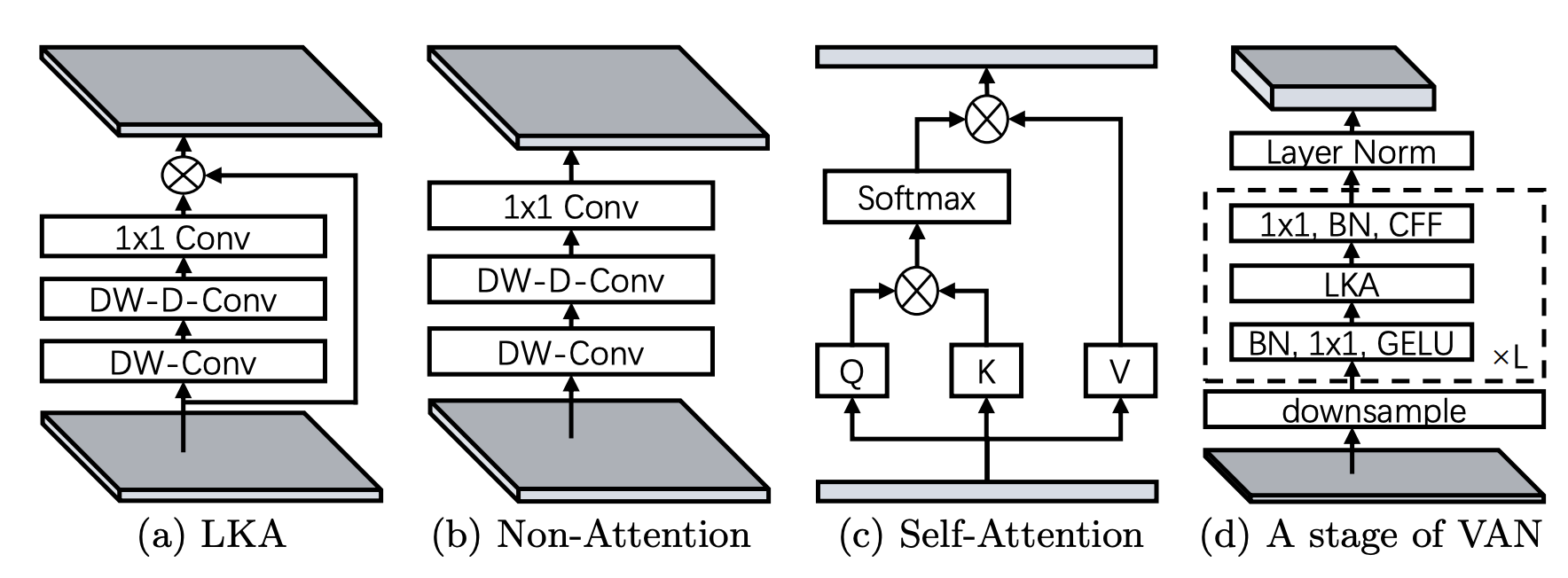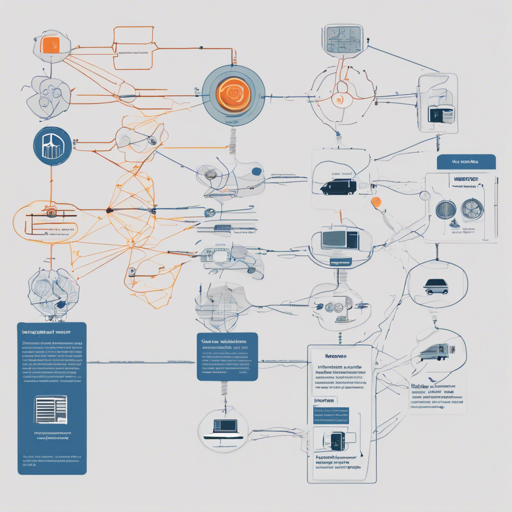The Van model represents a significant breakthrough in image classification tasks, utilizing a new attention layer to capture both local and distant relationships within images. If you’re ready to dive into image classification using the Van model, this guide will walk you through the steps needed to get started, even if you’re not an expert coder!
Understanding the Van Model
The Van model was introduced in the paper Visual Attention Network. It employs a unique attention mechanism that combines normal and large kernel convolution layers, leveraging dilated convolutions to capture both local features and distant correlations within images. Imagine your model as a skilled painter, where the tiny brush (normal convolution) details the close-up aspects, and the larger brush (dilated convolution) captures the overall landscape. This combination allows the model to gain a comprehensive understanding of the image.

Intended Uses and Limitations
This model is primarily designed for image classification tasks. To explore fine-tuned versions tailored to specific tasks, visit the model hub.
How to Use the Van Model
Follow these steps to implement the Van model in your Python environment:
- First, ensure you have the necessary libraries installed:
transformers,torch, anddatasets. - Next, import the required classes:
from transformers import AutoFeatureExtractor, VanForImageClassification
import torch
from datasets import load_dataset- Load your dataset:
dataset = load_dataset('huggingface/cats-image')- Access an image and prepare the feature extractor:
image = dataset['test']['image'][0]
feature_extractor = AutoFeatureExtractor.from_pretrained('Visual-Attention-Network/van-base')- Load the model and process the image:
model = VanForImageClassification.from_pretrained('Visual-Attention-Network/van-base')
inputs = feature_extractor(image, return_tensors='pt')- Make predictions:
with torch.no_grad():
logits = model(**inputs).logits
predicted_label = logits.argmax(-1).item()
print(model.config.id2label[predicted_label])This code snippet will output the predicted class for the image, for example, “tabby cat.” Feel free to replace the path in the code with your custom dataset to see how well the Van model performs!
Troubleshooting Tips
Encountering issues? Here are some troubleshooting ideas:
- Ensure all required libraries are installed and updated to their latest versions.
- Verify that your dataset is in the correct format and accessible in your environment.
- Check the model call syntax and ensure you’ve provided the correct parameters.
For more insights, updates, or to collaborate on AI development projects, stay connected with fxis.ai.
Conclusion
At fxis.ai, we believe that such advancements are crucial for the future of AI, as they enable more comprehensive and effective solutions. Our team is continually exploring new methodologies to push the envelope in artificial intelligence, ensuring that our clients benefit from the latest technological innovations.

